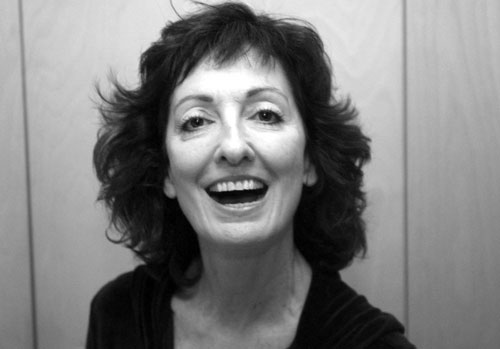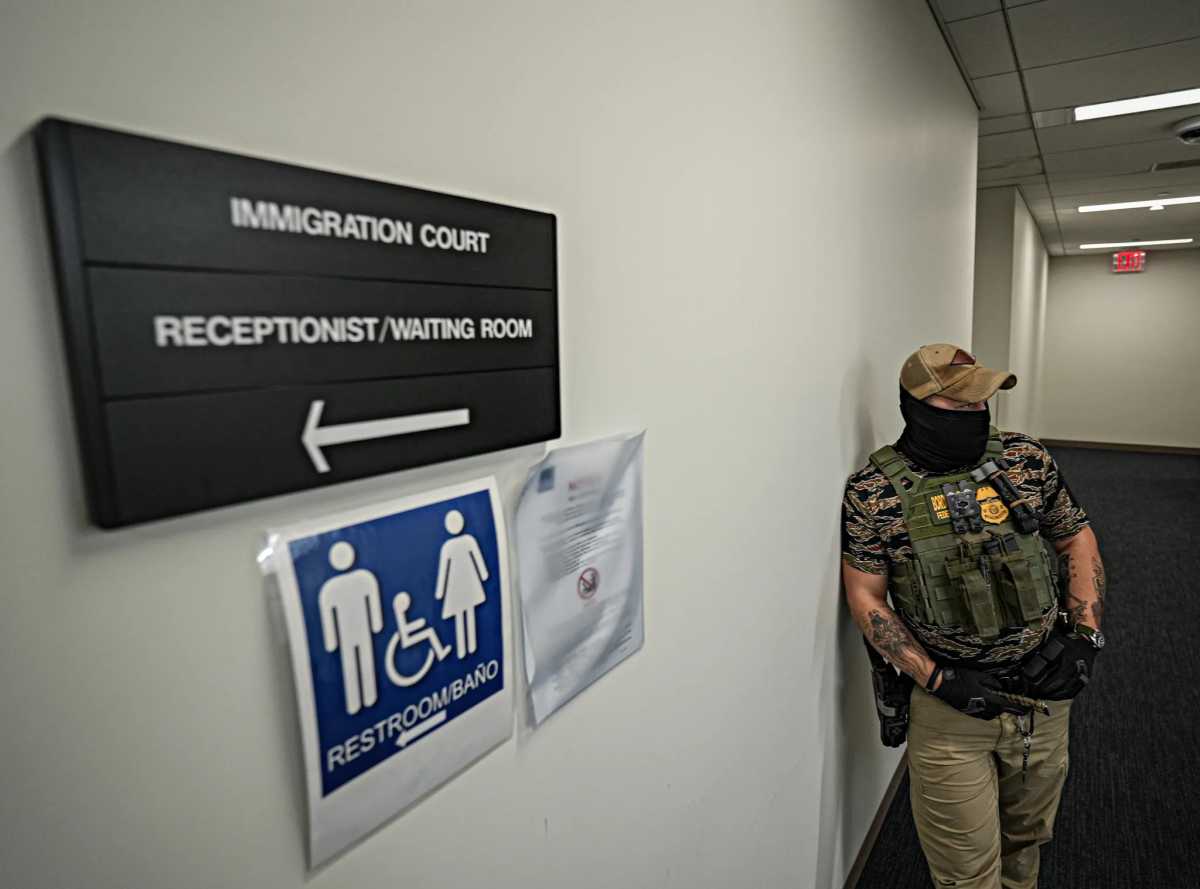By Albert Amateau
Simone Cornu took disaster training after witnessing the World Trade Center attack from her Village apartment.
On Oct. 7, two weeks after Hurricane Rita slammed into the Louisiana coast already devastated by Hurricane Katrina a month earlier, Simone Cornu, who runs an architectural design business in the Village, went to the bayou country as a Red Cross volunteer.
She spent a month on a team based in Baton Rouge and traveled in a wide area helping mostly poor rural families find resources to rebuild their homes and communities.
Cornu came home on Nov. 7, when the Red Cross effort was winding down, bringing back to the Village a great fondness and an enormous respect for the people of south Louisiana.
“I consider it a privilege to have been allowed into their lives,” she said last week. “I didn’t meet one person — man, woman or child — who wasn’t gracious, generous and openhearted. It didn’t matter if they were rich or poor, black or white,” she added.
In a three-member team that traveled from the west side of the Mississippi River to the Texas border, Cornu visited families in an area that had been flooded in places by a storm surge 6 feet high.
“You could see the water-level mark on the sugar cane. From 6 feet to the ground the cane was brown — it was green the top 2 feet,” she said. “The air smelled like caramel because they were burning the cane. They usually plough the stubble under after a harvest and plant it again right away, but they had lost a crop because of the flooding,” Cornu said.
“I saw cars washed up onto front porches and I kept hearing, ‘Oh there’ll be better days ahead,’ from people living in tents, she said. One couple in Jefferson Parish — a parish is the Louisiana equivalent of a county and Jefferson is on the west side of the Mississippi across from Orleans Parish — was living in their R.V. next to their house. “The house looked pristine from the outside but inside the walls were covered with mold from the floor nearly to the ceiling,” Cornu said. “The woman said, ‘I’m so ashamed of asking for help. We’re the ones always giving help at the church.’ ”
Because of her architectural design work, Cornu knows about the persistence and danger of mold. “I told the people to wash the walls with bleach, but the mold was probably in the joists. Who had the money to rebuild their ceilings?” she wondered. Families in the flooded zones were given a 90-day reprieve on mortgage payments but they would have to bear the burden again after the grace period, Cornu observed.
Last week, a federal report acknowledged that more than 80 percent of the low-cost loan applicants from the Louisiana hurricane impact area are being rejected because the applicants’ assets are not sufficient to secure the loans.
At New Iberia, a town on Bayou Teche in the middle of Cajun country, Cornu’s team went to the Iberia Parish sheriff’s office for help in finding a family named Broussard.
“He asked me if I wanted Broussard the elder or the younger because he knew them all,” she said. “Then he got on the phone and said, ‘Oh baby, we’ve got company here at the office.’ And in half an hour his wife came down with a big pot of ‘gator gumbo’ and fresh biscuits and we had lunch. He was such a gentleman,” Cornu said. “Everyone should go south for a while to learn manners,” she added.
Cornu decided to become a disaster volunteer after the World Trade Center attack, which she saw from her Village apartment window. So when she was between design projects she went to the Red Cross for training. She volunteered after Hurricane Katrina. After Rita occurred a month or so later, the Red Cross put her on a flight to Baton Rouge, the capital of both the state and the relief effort.
At the airport, she introduced herself to a man wearing a Red Cross vest who took her to relief headquarters in a cavernous Wal-Mart store. “It was packed with volunteers from all over the country — I heard every regional accent,” Cornu said.
She was assigned to a staff shelter in a basketball gym in a community center on Flannery St. in a black neighborhood in Baton Rouge. The shelter had 90 cots, no windows and the toilets were Portosans outdoors where the showers were located in hazmat tents divided into men’s and women’s sides with garden hoses for shower heads.
“The shower tents were at the side of a road and cars could see our silhouettes at night. We said goodbye to privacy but we had a lot of camaraderie,” Cornu said. “My teammate, Julie, from Santa Barbara [Cal.] and I hit it off right away and she became a friend I’m sure for the rest of my life,” she said.
The Red Cross had 200,000 volunteers in south Louisiana from September to the end of October, Cornu estimated. “It was both efficient and chaotic,” she said. “We had to cut through the red tape at times to get things done. Yankees from New York are perceived as being tough and people assume the New Yorker will win any fight. So [the team] picked me to get what we needed,” she recalled.
“There were three of us on the team, me from New York, Julie from California and Candy from Idaho. We couldn’t have had more different personalities — we were exaggerations of regional types but the work came first and we worked together for 12 to 15 hours a day,” Cornu said.
Cornu had been to New Orleans several times over the past few years, mostly on business trips. On her only day off from the relief effort at the end of October, she went to revisit the city.
“We had heard that the Quarter [the famous French Quarter in the oldest part of town] was up and running, but when I got there it brought me to tears,” she recalled. “About 30 minutes outside of the city we saw a boat sitting outside a gas station, and in the Quarter only four blocks were cleaned up and open. The business district was not functioning, there were no streetcars, the stores were closed and none of those great little hotels were open. There were almost no women in the streets; they were all FEMA [Federal Emergency Management Agency] workers and insurance adjusters. Imagine an area as big as Manhattan — looking like it had been hit in a nuclear attack,” she said.
Cornu is anxious about the nation’s commitment to New Orleans, a great city despite its being below river level and vulnerable to storms and floods. “If the Corps of Engineers doesn’t rebuild the levees to protect the city against a category-three hurricane, the banks won’t finance the rebuilding,” she said. “I’d hate to see the Quarter become a theme park. And in another six months the hurricane season begins again.”
google_ad_client = “pub-5121976262849259”;
google_ad_width = 728;
google_ad_height = 90;
google_ad_format = “728x90_as”;
google_ad_type = “text_image”;
google_ad_channel =””;
//–>
WWW Downtown Express



























